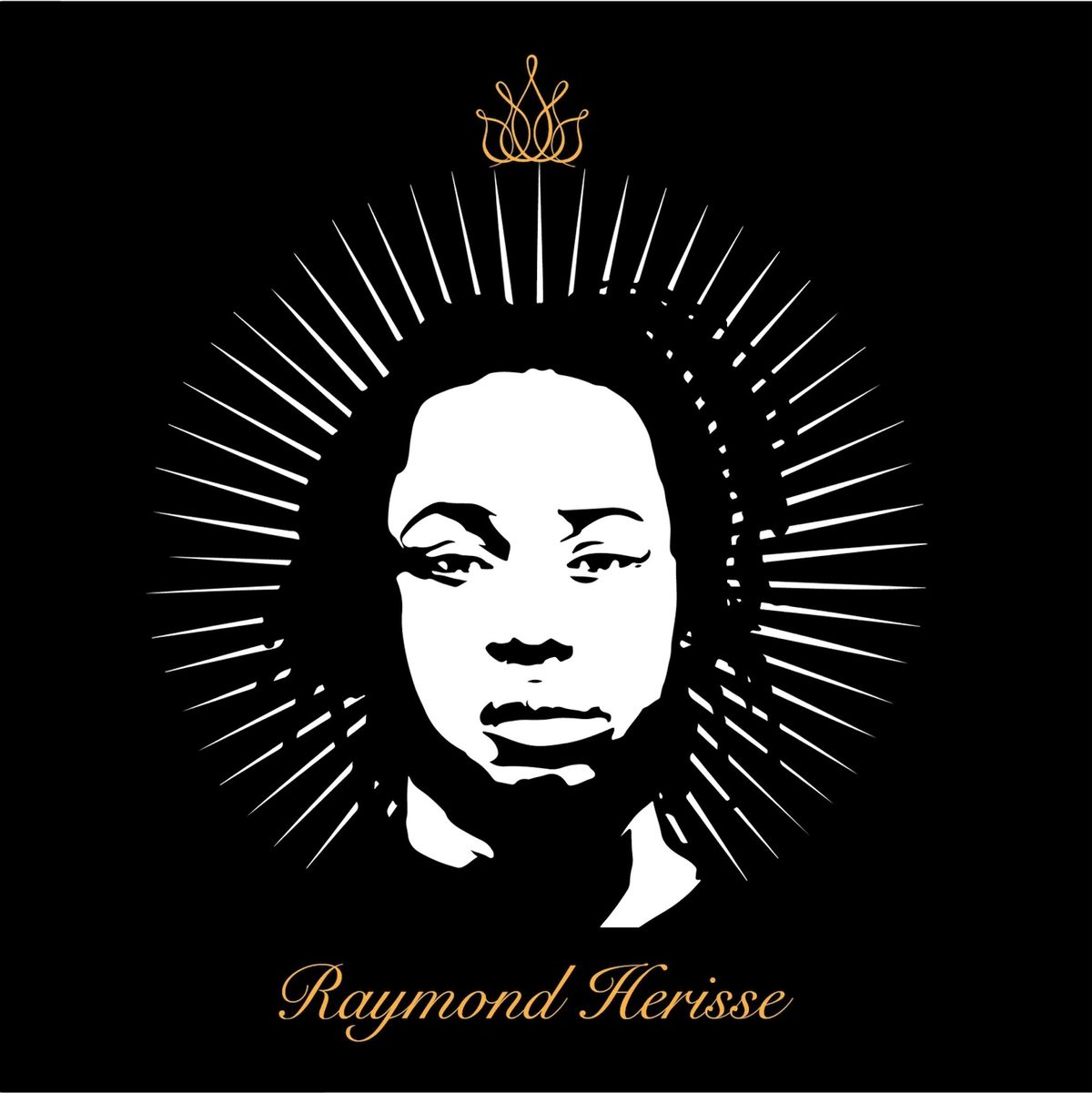A long-running dispute over an artwork removed by city officials in Miami Beach returned to court late last week (22 September), in the latest attempt to rule the action as an act of censorship.
The work in question, Memorial to Raymond Herisse (2019) by Rodney Jackson, depicted Haitian American Raymond Herisse, who was shot dead by police in 2011 during Miami Beach’s Urban Beach Weekend festivities. The 4ft-by-4ft vinyl image was exhibited, with candles in front of it, as one of a series of artworks in an exhibit called I See You, Too, set within a broader project entitled ReFrame Miami Beach.
City officials are understood as having taken the work down soon after its installation, prompted by police officials complaining about it. In 2022, US District judge Marcia G. Cooke ruled that city had the right not to display works that it had commissioned. Rather than the alleged breach of the first amendment, the court felt that the decision was an example of the authorities exercising “government speech” and the right to remove speech of which it disapproves.
A judge in the latest hearing, being held in the US Court of Appeal, appeared to have questions on this earlier conclusion. “I ask myself, what in the world was the city of Miami Beach thinking?” said the US Circuit judge Adalberto Jordan, who is joined on the appeals panel by US Circuit judge Robin Rosenbaum and US Circuit judge Frank Hull. “This is not a piece of art that shows the decedent underground, riddled with bullet holes, bleeding with police officers standing over him with their smoking guns. It is as innocuous a piece of art as I think I’ve seen.”
Aside from the subject matter of the work, much discussion was concerned with whether the city’s ownership of the work (as it had commissioned the project) shifted its rights in being able to show or remove it.
“The city didn’t commission this piece of art, the city authorised the curators to mount an exhibit which would tell stories from different perspectives,” argued counsel Alan Levine, who together with the Miami-based firm Valiente Carollo & McElligott is representing the four plaintiffs: curators Octavia Yearwood, Jared McGriff and Naiomy Guerrero, and the artist, Rodney Jackson. Levine further challenged the ruling that the work constituted “government speech” given the officials’ lack of involvement in the shaping or development of the work.
The original complaint notes that the “history of race relations on Miami Beach is an ugly one. Until the 1960s Miami Beach enforced many of the same racist Jim Crow policies that were, for all practical purposes, indistinguishable from those of the states of the Deep South”. It also described the background to the exhibition as one of increasingly tense race relations: “The massive presence of police officers, and their aggressive tactics during those weekends, were widely criticised as racially discriminatory by civic organisations and the media.”
A media statement from the American Civil Liberties Union, which first filed the lawsuit on behalf of the artist and curators back in 2020, said they are seeking damages plus display of the work in “a public place comparable to the space and the amount of time it would have been displayed before city officials removed the installation in 2019”. Legal representatives from the city of Miami Beach are not “making any additional statements at this point”.
The appeal panel has not yet published a date for its findings.



